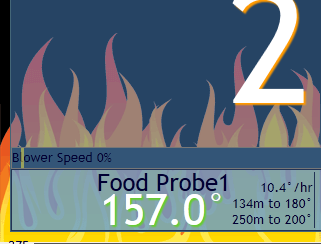john: this is only my opinion:
Ed/Byron feel free to jump in /correct me.
there are at least 3-1/2 methods of going from schematic to permanent circuit card.
1) point to point wiring-> this is the most common of what you see here.
advantages: easy to see and follow from schematic to board
cheap. compact, can handle complicated circuits
disadvantages: underside Spaghetti
hard to troubleshoot.
hard to see if solder is good or not.
2) custom etched boards.
a) professionally done
Dis: Expensive, especially in low quantities
hard to change if you make a mistake.
adv: can be single or multi-layered compact
can handle surface mount or weird.spacing
b) make your own:
adv: cheaper than professional
dis: got to drill all the holes,
harsh chemicals.
not so easy to do correctly.
3) stripboard/veroboard (my choice)
adv : cheap
high quality end result.
easy to do.
dis: not so compact.
not supported well with modern tools (eagle ect.)
more work up front in the layout
3.5) 3 pad pattern stripboard.
see
http://en.wikipedia.org/wiki/Stripboard (tripad)
build you own arduino/stripboard clone
see
http://txapuzas.blogspot.com/2...ino-stripboard.html# its in spanish but there is a translation page. just hit the British flag
BTW i am sending a bit of vector 8022 circboard to Ed. he can make anything work.
I have the shift reg layout file somewhere that I can share if there is any interest.


